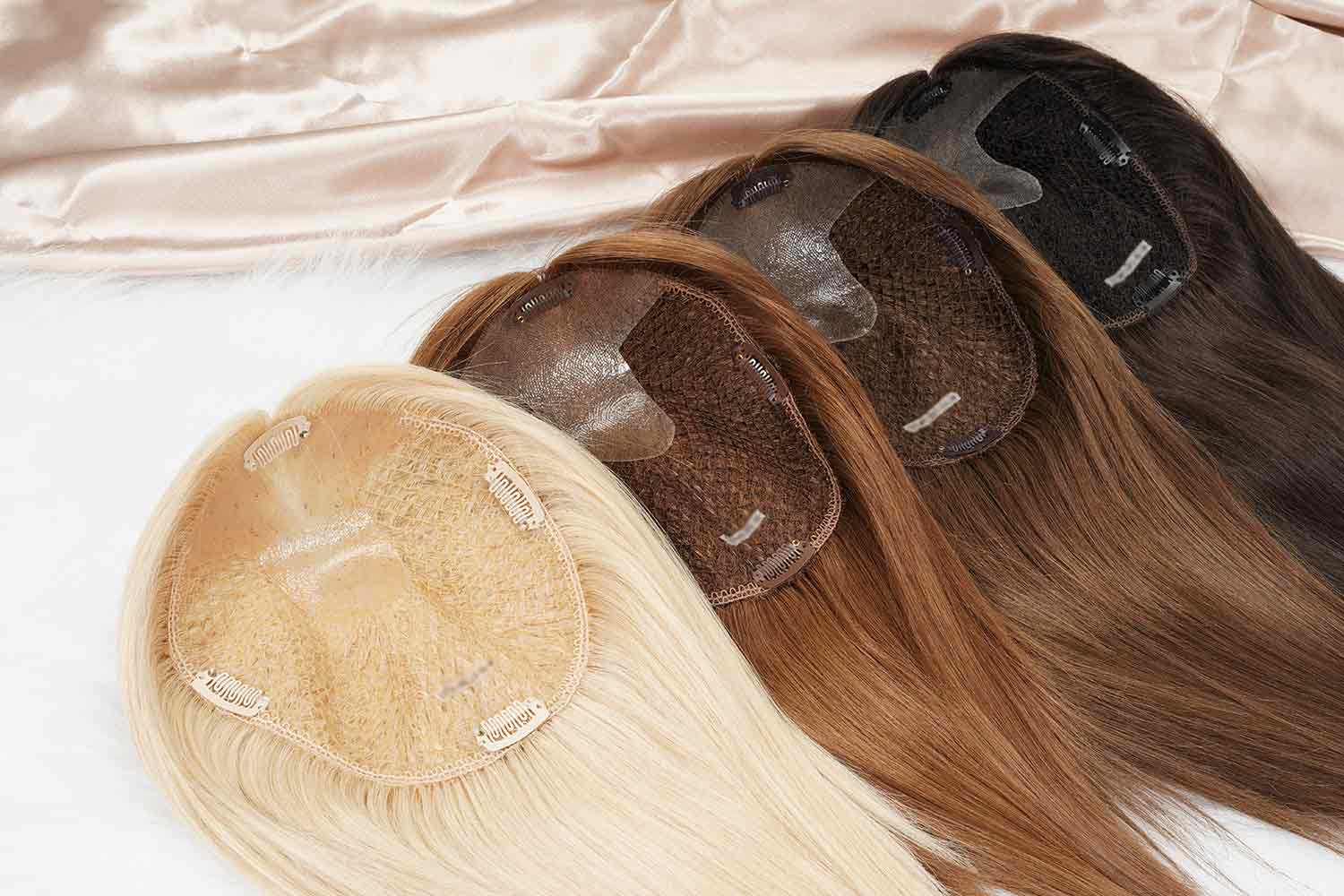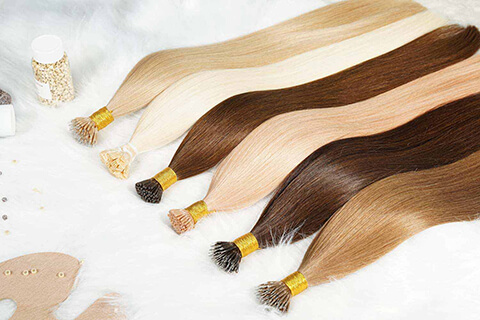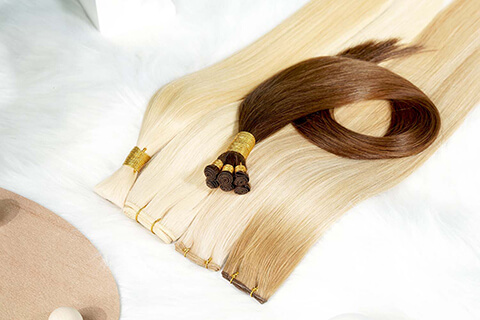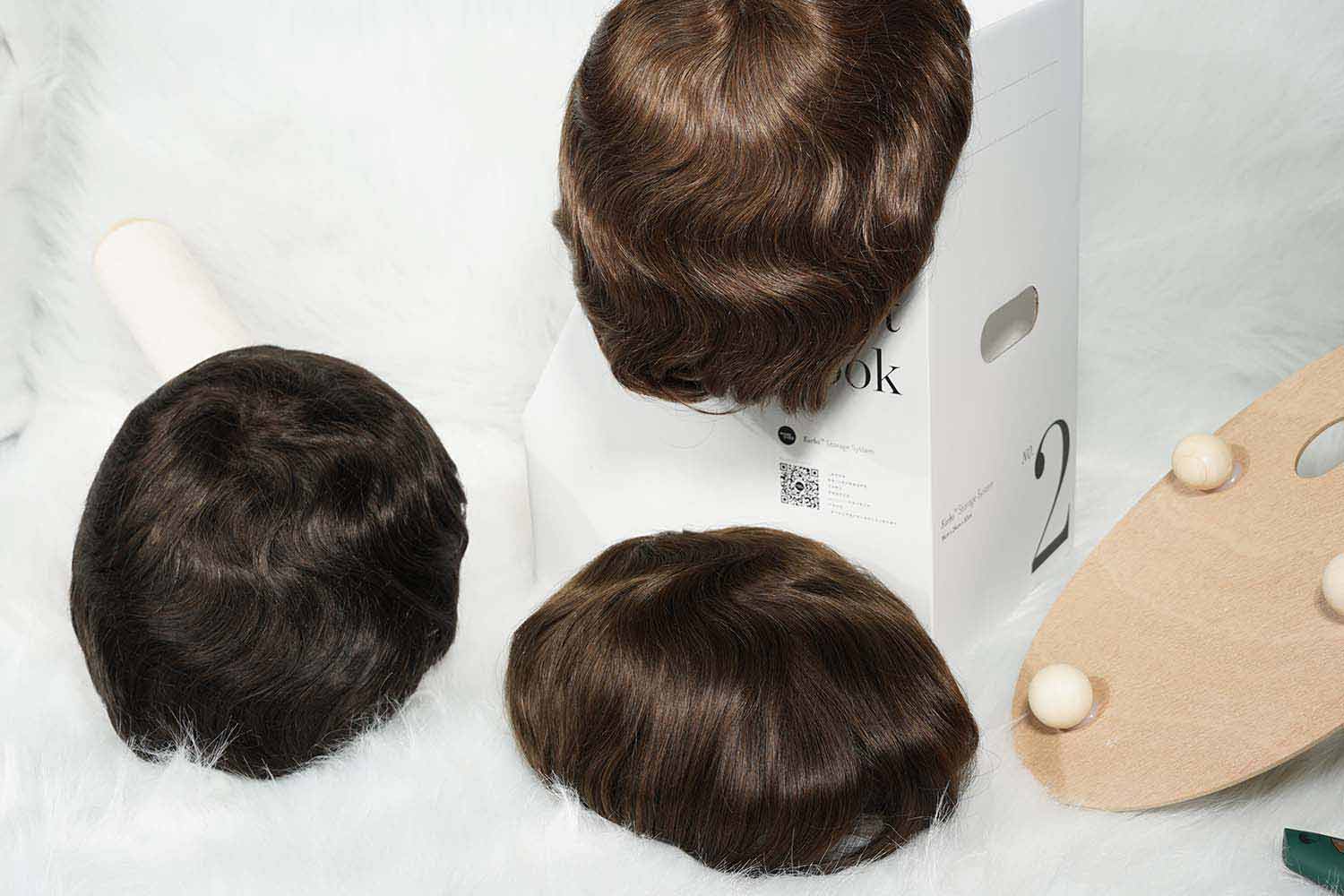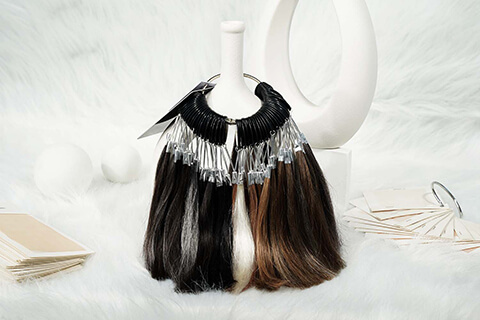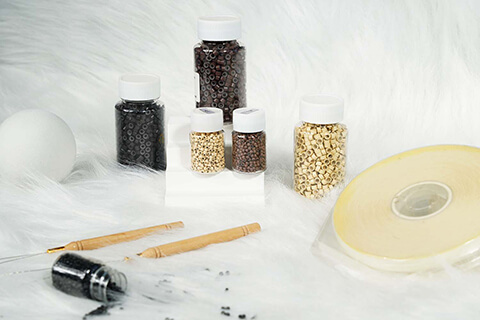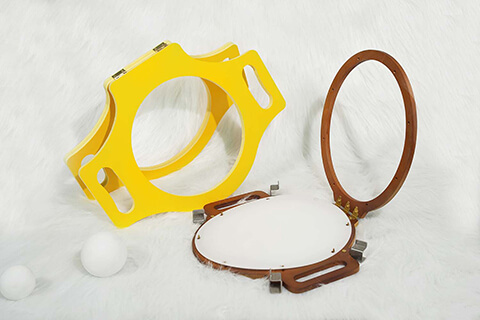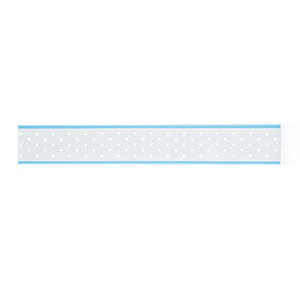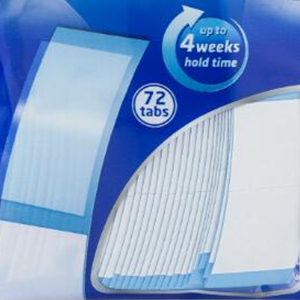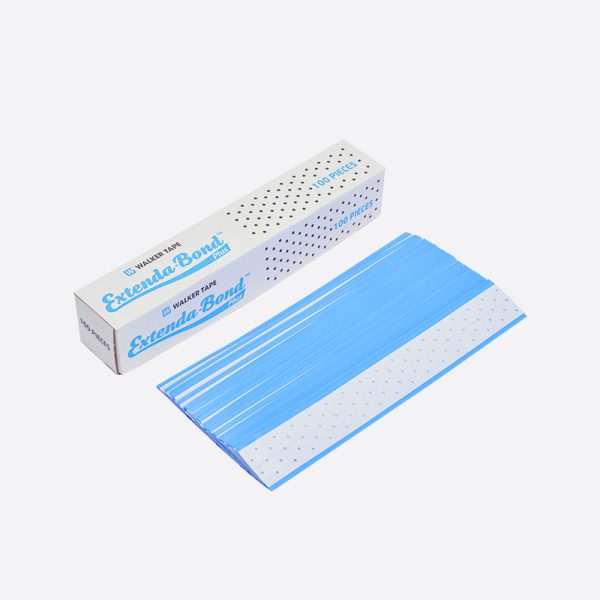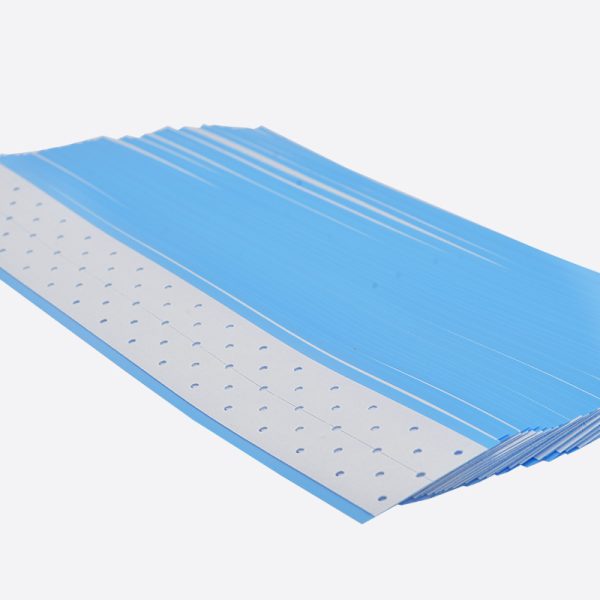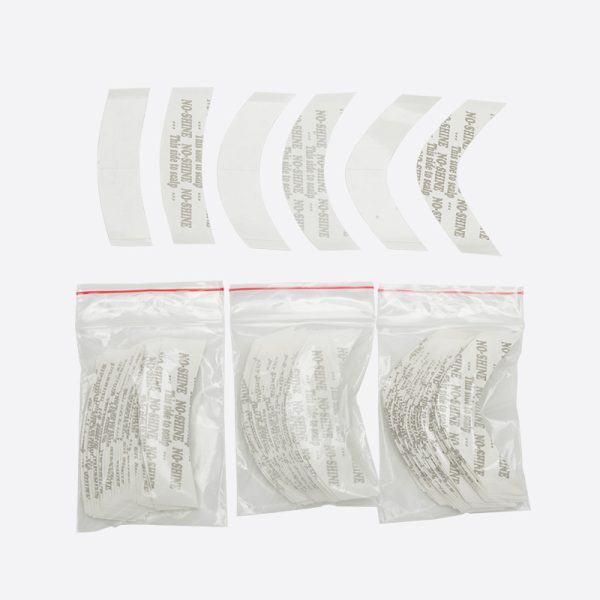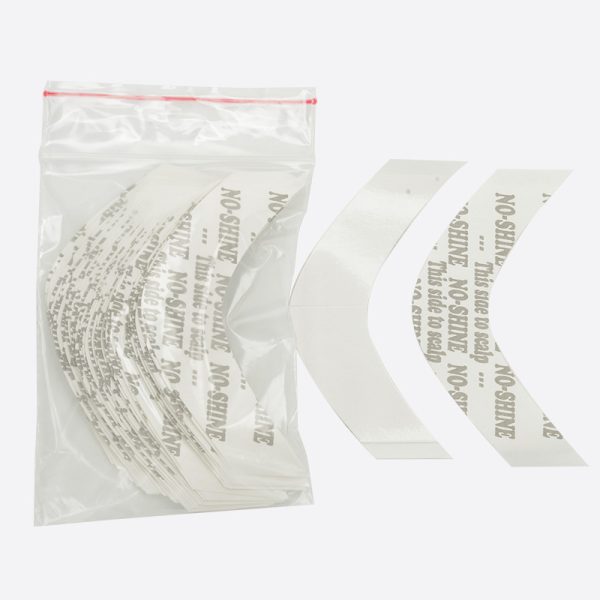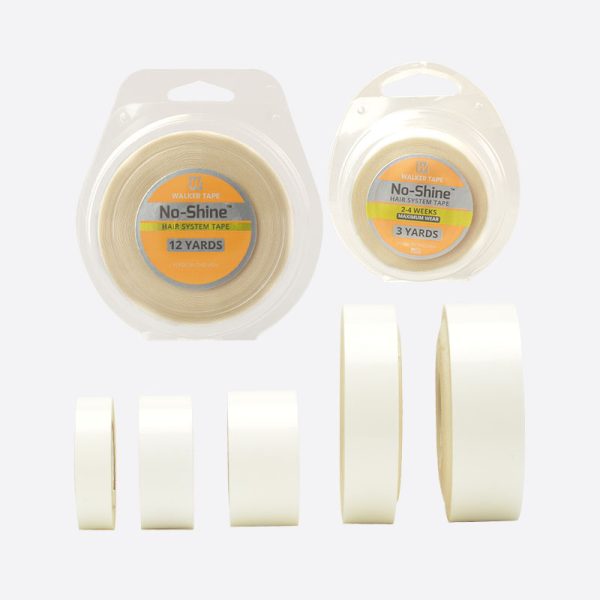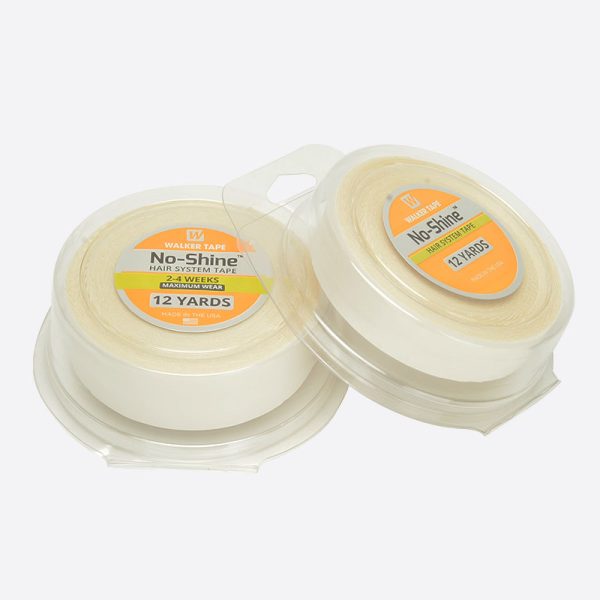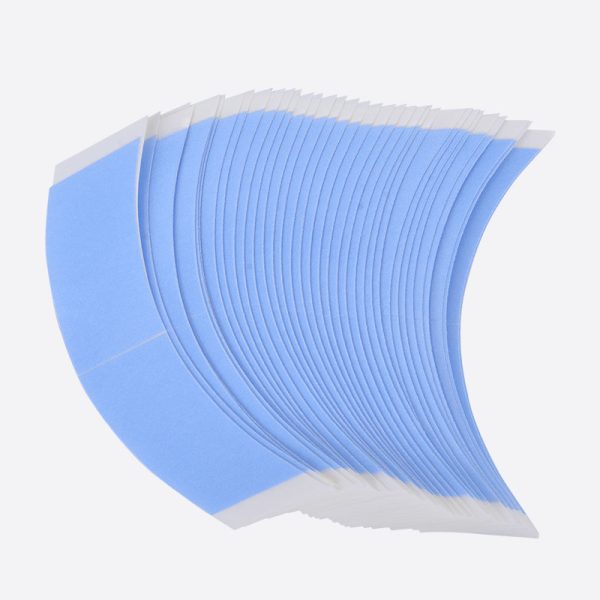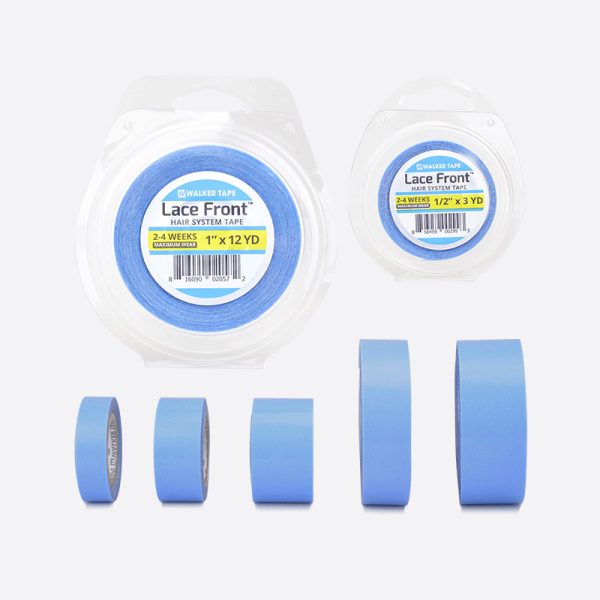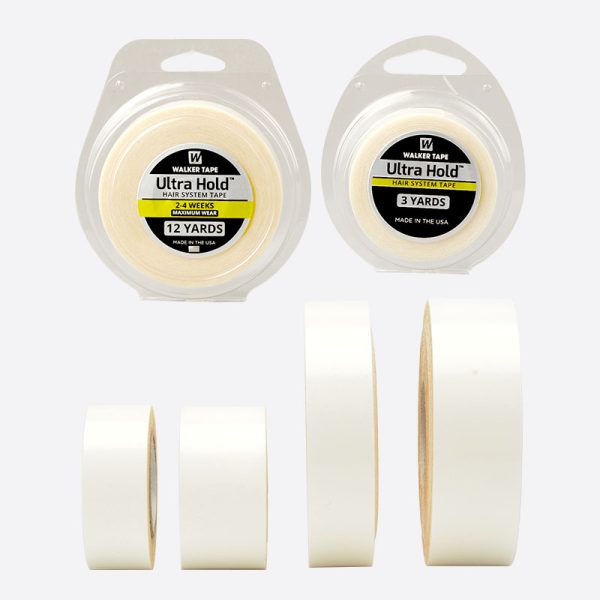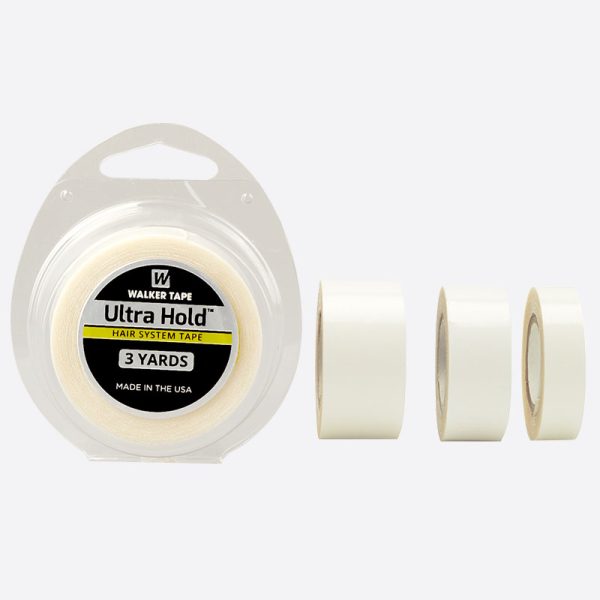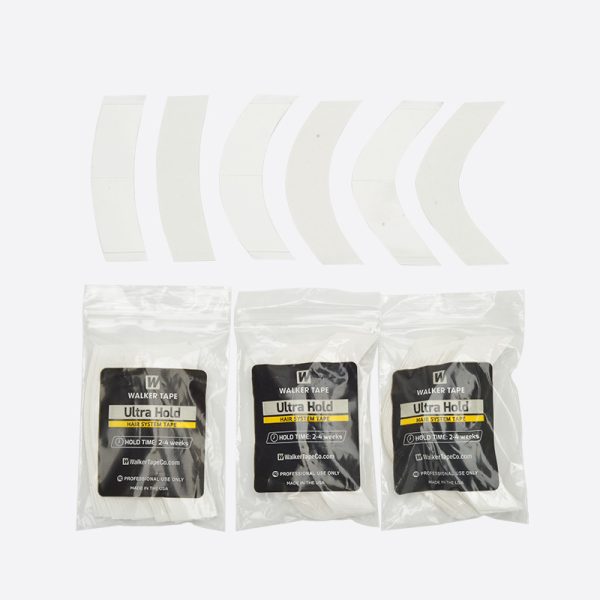html{ scroll-padding-top:120px; }
Introduction
Tapes and glues are both commonly used in this industry when it comes to attaching a male toupee effectively. However, some of our clients often have the same question “Which hair system adhesive should I use, glue or tape?”
It’s a good question, useful to know about, especially for the beginners who start a business specializing in toupee for men. Glue (Liquid Adhesive) and tapes both have their benefits and are preferred for different reasons, the more you know, the more professional and better customer service you can deliver, by the end of this blog post you should have a better understanding of it. Let’s go ahead and check them out.
Base Materials & Base Design
Before talking about wig tapes and glues, firstly, we would like to have a glance at the base materials and base designs for the toupee for man. These two variables will affect your final decision of which hair system adhesive to use for a male toupee.
Base Materials
- Thin skin
Different names are used in the market to describe the same things, solid polyurethane (such as ultra-thin skin, super thin skin, skin, poly, PU). Different layers of liquid polyurethane are brushed and heated dry to make “skin” of varying thickness. The common types of thin skin are in the thickness of 0.03mm, 0.06mm, 0.08mm.
- Poly
“Poly” is often used for solid polyurethane of thickness more than 0.08mm to distinguish from “thin skin”. For example, writing on the custom order form, “full clear poly 0.18~0.20mm”.
- Skin with gauze (inside)
It is the name given to poly once it has been brushed on the gauze. Forming a kind of sandwich with the gauze inside and poly outside.
- NPU/PU Coating
When the sandwich is with two inside layers, gauze and net, it is NPU, net with PU coated.
- Lace
The common types of lace include French lace and Swiss Lace.

- Mono
Mono is the shortened form of monofilament. Fine mono, fine welded mono and super fine welded mono are the three most common mono used for mens hair toupee.
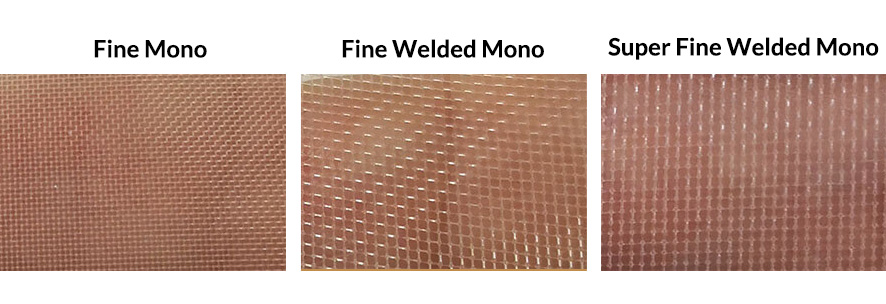
Base Design
The scalp can be divided into eight sections, including 1-Front, 2-Top, 3-Crown, 4-Back, 5-Left Temple, 6-Right Temple, 7-Left Side and 8-Right Side.
Accordingly, the base of mens hair toupee can be simply designed as three parts, Front, Top & Crown, Sides & Back.
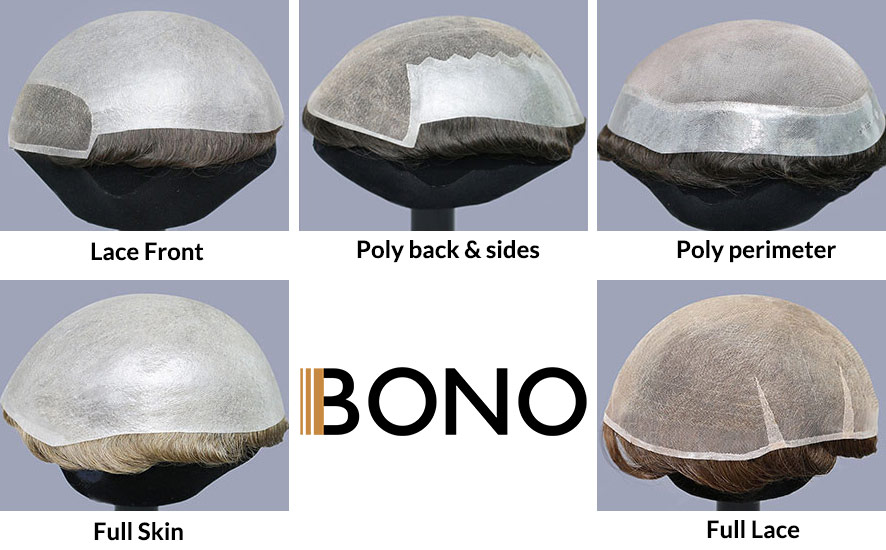
If the three parts are all made of the same material, it’s a full skin/ full lace base.
In a simple word, the most common material used for the Front section is lace and thin Skin. The front hairline can be easily exposed while daily face-to-face activity, asking for more invisible hair system adhesive. So, the thinner and no-shine adhesive will be the right choice. Hair system glue, meeting perfectly these needs, is highly suggested for the front area.
For sides & back, clear poly/Skin with gauze/NPU is more often applied. Both wig tapes and glues are ok in this case.
Regarding the section of Top & Crown, it can be made of many types of base materials, including Skin, lace and mono. We will talk about this in the following part.
Tape
Compared to liquid adhesive, tapes are much easier to apply and take less time for male toupee attaching and cleaning up. The disadvantage is that tapes are thicker, not easy to create an invisible front hairline; some tapes are a little shinning, not suitable for the low-hair-density toupee for men; tapes could not fit well the curve of the edge of the toupee. The good thing is that the best hair system tape manufacturers are developing new tape products to meet different needs, such as low shine/no shine, thin thickness for front hairline, etc.
Most base materials work well with tapes except for the ultra-thin Skin of 0.03mm. Due to the ultra-thin thickness, the tape could easily tear the base material to make it unusable.
The available base materials for tapes are as follows.
France and Swiss Lace, Monofilament, 0.08mm or thicker Skin, on the Poly perimeter, Skin with gauze and lastly NPU (Net with PU coated).
Now let’s look at the tapes, how to use them, which ones to use, and when to use the right one. There are five primary tapes, and they all have their purposes.
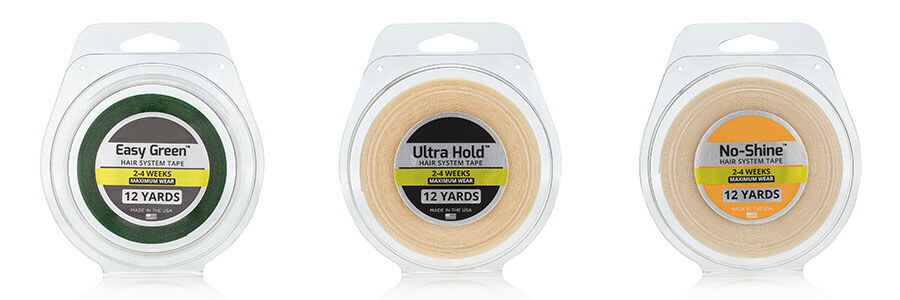
First, let’s cover the most common tape ‘Rolls’ and when to use them. These types of adhesive tape for hair systems are best around the perimeter of the base (excluding the front hairline, and rear part used with contour tape) with roughly 1mm gap from the edge of the hair system.
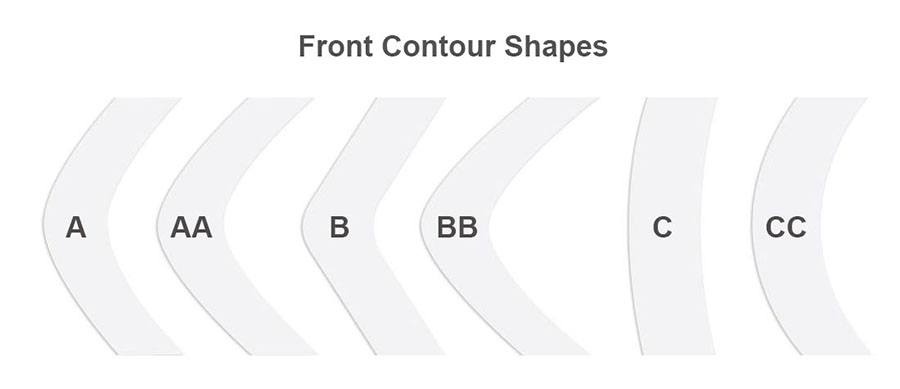
Secondly, front and rear hairline, we recommend using ‘Contour Tape’. Coming in different sizes as you can see from the picture above, it’s essential to keep in mind that this adhesive tape for hair systems is better suited for the varying of the client’s hairlines so on the front and back of the toupee.
‘Lace front tape’ is the most popular tape used by men all over the world. They look the same as Contour Tapes. However, these are thinner and provide a more natural-looking hairline, completing the quality of any toupee for men.
Next, let’s talk about the traditional ‘Strips’ that are waterproof, super strong and super flexible, you can use these tapes around the whole perimeter of the hair system, and it can last between 2-3 weeks.
Lastly, ‘Mini Tabs’ is a smaller pre-cut tape, they come in strips, each one having two Mini tabs roughly 1.5 inches long by ¾ inches wide. Users find this extremely useful when prepping the perimeter base with tape as it’s already the right size. The designed curve on the Mini tabs allows the tape to fit perfectly above the edge of the base hair system. On average, it lasts between 1-2 weeks of holding.
Hair System Glue (Liquid Adhesive)
Although more complicated to use, more time consuming and not easy to clean up, the liquid adhesive is still the favorite way of attachment by many hair stylists. That is because of the many advantages that hair system glue has, such as low shine or even no shine, thin thickness, perfect fitting of the curve. These advantages make it possible to get an undetectable front hairline especially when attaching a thin-skin or lace and low-hair-density toupee for man.
The following materials or areas are suggested to use glue on toupee.
- Thin-skin base
- Clear poly base
- Thin-skin front
- French lace or Swiss lace front
- Poly sides & back, including NPU and Skin with gauze inside
- Poly perimeter
The applying of glue has two different ways, applying directly on the base and applying on the scalp. For the poly materials, whatever it is thin skin, poly, skin with gauze or net with pu coated, liquid adhesive can be used directly on the base.
Two points should be noted.
1.Be sure not to use too much to make the extra glue on touppe lace or mono. It is difficult to clean up and easy to cause hair tangling and finally hair loss.
2.Be sure not to get any glue on to the hair. If it happened, immediately use some warm water and a fine comb to carefully brush out all the wet adhesive out of the hair.
Furthermore, when using liquid adhesive for attaching lace front, please apply the glue on the scalp, not directly on the lace base. Liquid Adhesive can result in a very sticky situation if approached wrongly and can cause hair tangling as well as corrosion and finally hair loss if it permeates into the hair root.
Let’s have a look at the direction of liquid adhesive, as shown above. “Before bonding, prepare skin and base with 99% Alcohol to remove residues. Then apply a thin layer of adhesive to the skin and base and blow dry until very tacky. Next, press the hair system onto the skin and hold firmly for 10 seconds. Do not swim, workout, or shampoo for at least 24 hours.”
So the right way to attach lace front is to apply a thin layer of liquid adhesive to the scalp and blow dry until very tacky. It would be a disaster if not waiting for dry or apply directly on the lace base.
Conclusion
It is hard to say which is the best adhesive for hair systems. Both wig glue and tapes have pros and cons. Tapes are easier to use and clean up while glue can provide a perfect and precise attachment with good invisibility. Of course, when you have been familiar with these approaches, these two types of toupee adhesive can be combined to use in one male toupee, getting advantages from both of them.











